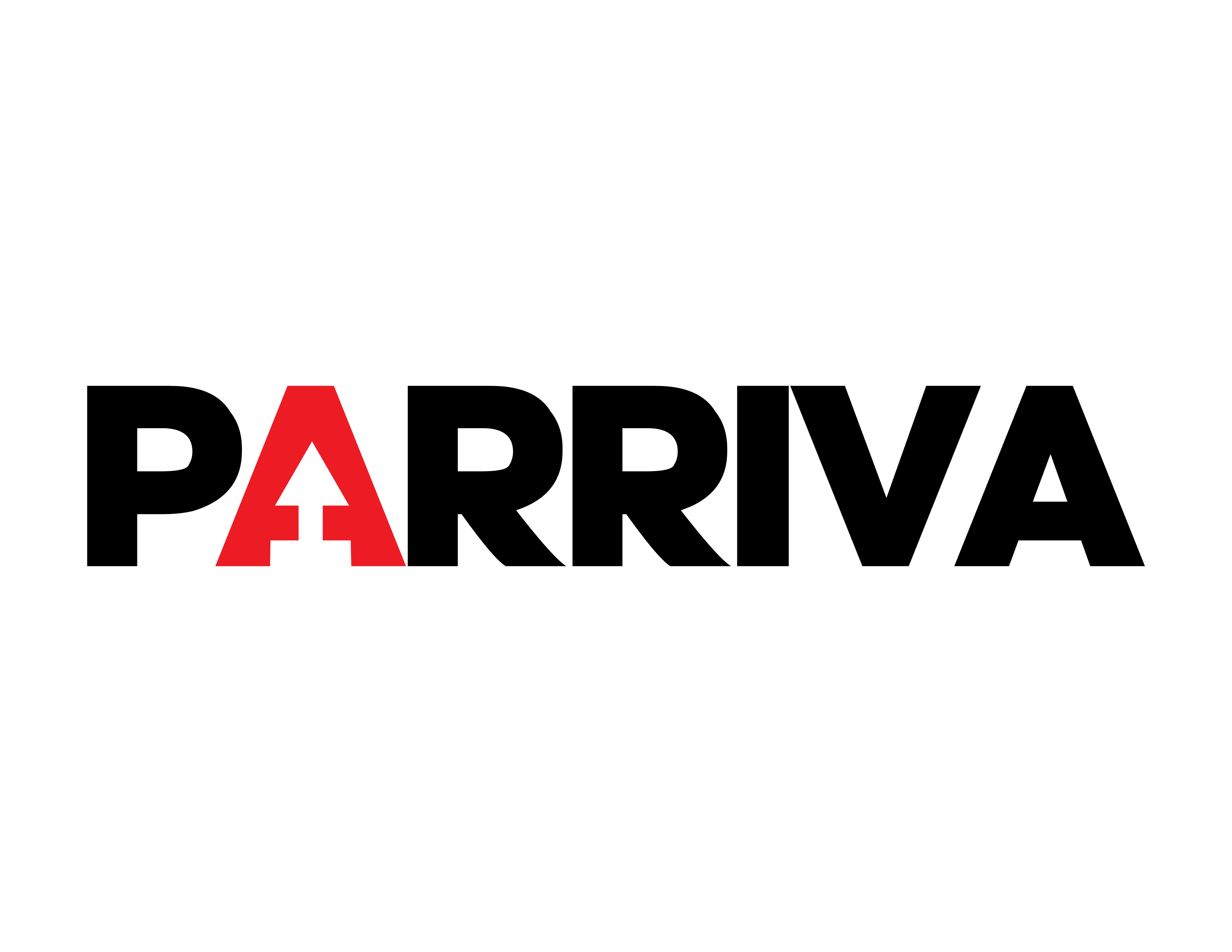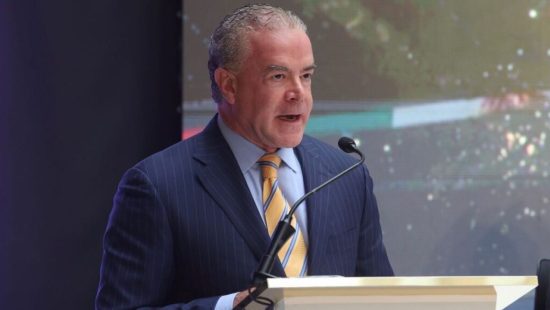Lessons in growth, timing, and strategy that small businesses can learn from Keurig Dr Pepper’s $18B coffee deal.
The global coffee industry is at a decisive moment. Amid record prices, trade tensions, and changing consumption patterns, Keurig Dr Pepper (KDP) made a bold move by announcing the purchase of JDE Peet’s for $18 billion.
This move not only challenges the historic leadership of Nestlé and its omnipresent Nescafé, but also marks a turning point in how competition evolves within a sector valued at more than $400 billion.
With this acquisition, KDP is reorganizing its strategy:
- Global Coffee Co., focused exclusively on coffee, headquartered in Burlington (U.S.) and Amsterdam. It will have combined annual sales of $16 billion and presence in more than 100 countries.
- Beverage Co., specializing in soft drinks in North America, with sales of more than $11 billion, will continue managing iconic brands like Dr Pepper, 7UP, and Schweppes.
The new Global Coffee Co. will have a market share close to 20% in packaged coffee, almost at Nestlé’s level. With this move, Dr Pepper is not only aiming to compete in the West but also to anticipate the global transformation of consumption and position itself in emerging markets, where preferences are not yet fully defined.
Although this may seem like a large-scale operation, there are key lessons for entrepreneurs and small businesses:
Experts suggest that an acquisition makes sense when:
- Your business has reached stability and has a solid cash flow.
- You identify growth opportunities that are faster to achieve through buying than by growing organically.
- There are competitors or strategic allies with weaknesses your business can leverage.
Example: If you own a coffee shop with two branches and want to grow, acquiring an already established shop in another area may be more profitable than starting from scratch.
Just as KDP is splitting coffee and soft drinks into two different companies, a small business can focus on what it does best.
Expert advice: “Less is more. Specialization opens the door to stronger growth and a clearer reputation in the market.”
KDP recognized that young people prefer premium coffee, and that climate change threatens production.
For small businesses, this means paying attention to consumer trends: healthy, sustainable, or local products could be the key to expansion.
How to Begin an Acquisition Process as a Small Business
- Step 1: Evaluate your financial capacity and seek legal and accounting advice.
- Step 2: Define what you’re looking for — more customers, a better location, new products, or skilled staff.
- Step 3: Research businesses for sale in your sector or area.
- Step 4: Negotiate not only the price but also leases, employees, and suppliers.
- Step 5: Plan the integration to ensure a smooth transition.
An acquisition is not just about buying — it’s about integrating and enhancing. As business growth consultant Patrick Bet-David says:
“The smartest growth isn’t always opening more locations, but acquiring what others have already built and making it part of your vision.”
Small businesses can draw inspiration from giants like Keurig Dr Pepper. The key is to identify opportunities, act at the right time, and always seek professional advice before making strategic decisions.








